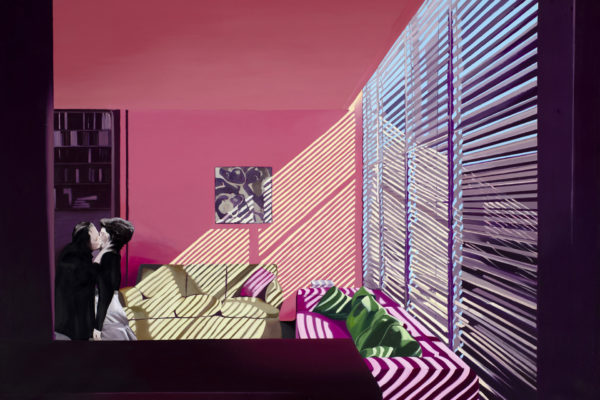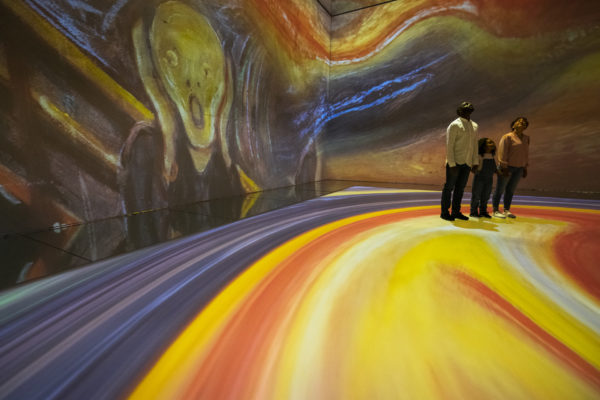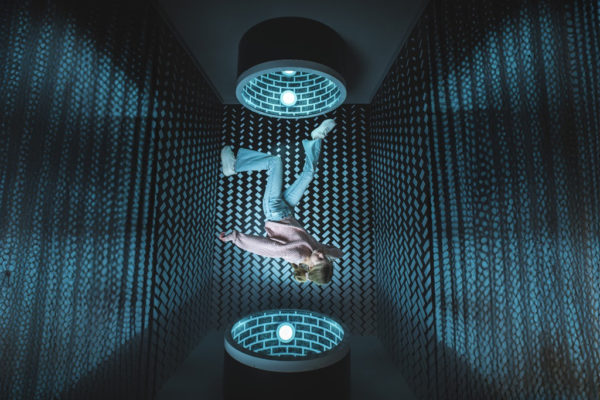‘Unmissable’: Donatello: Sculpting the Renaissance at the V&A – Exhibition Review
By
2 years ago
Kamin Mohammadi visits the V&A’s new Donatello exhibition
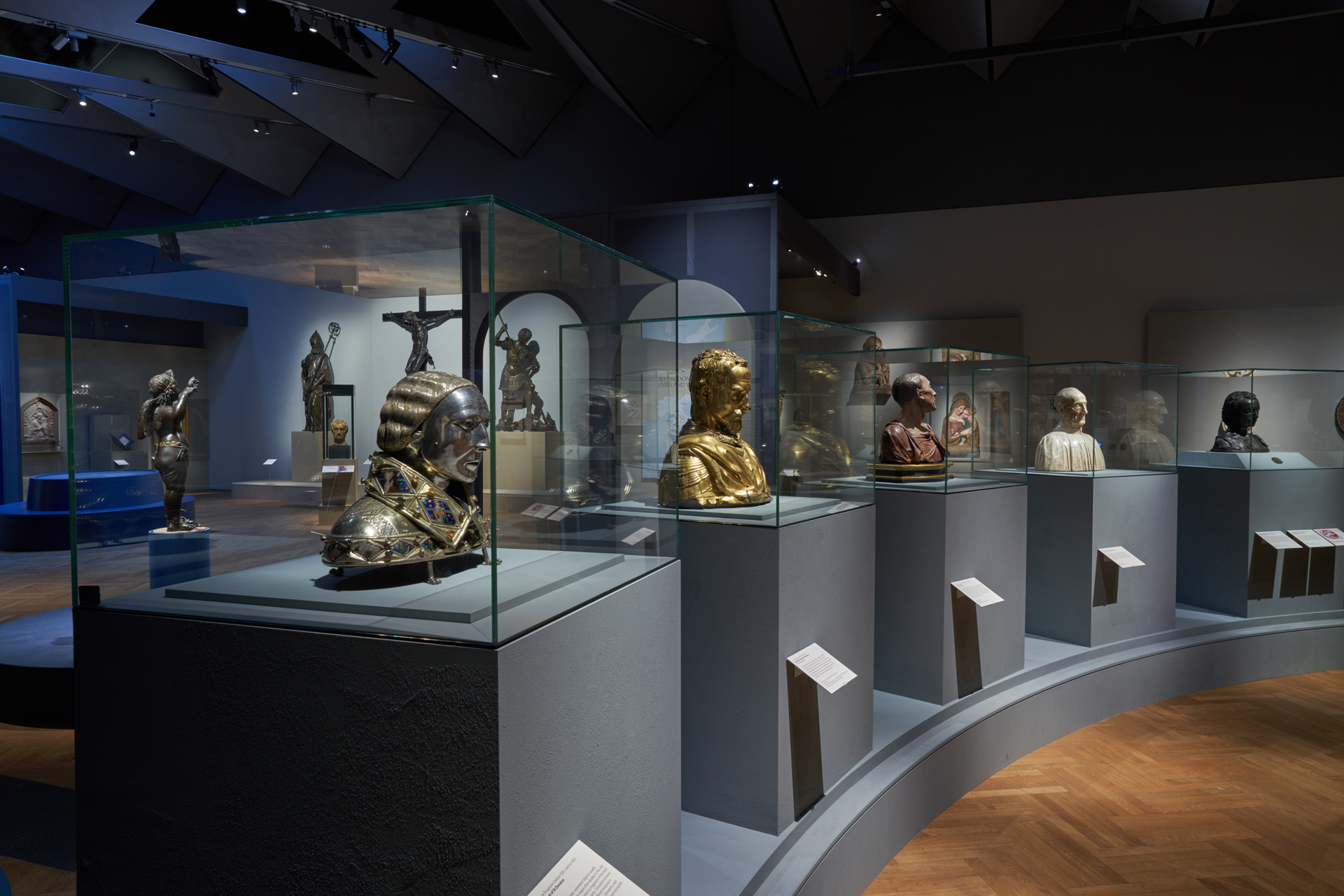
Kamin Mohammadi pays a visit to the new Donatello: Sculpting the Renaissance exhibition, which has just opened at the Victoria & Albert Museum.
Exhibition Review: Donatello: Sculpting the Renaissance at the V&A
The Victoria & Albert Museum’s latest show is exactly the sort of spectacular showstopper that we have come to expect from the V&A, and Donatello certainly does not disappoint. This is the first major UK exhibition devoted solely to the Renaissance master, coming hot on the heels of major Donatello exhibitions last year in Berlin and Florence, the latter Donatello’s hometown. The V&A’s show features many works that have never been on display in the UK before, seeking to explore Donatello’s unique place in the history of art within the cultural context of 15th-century Italy and other artists working at the time.
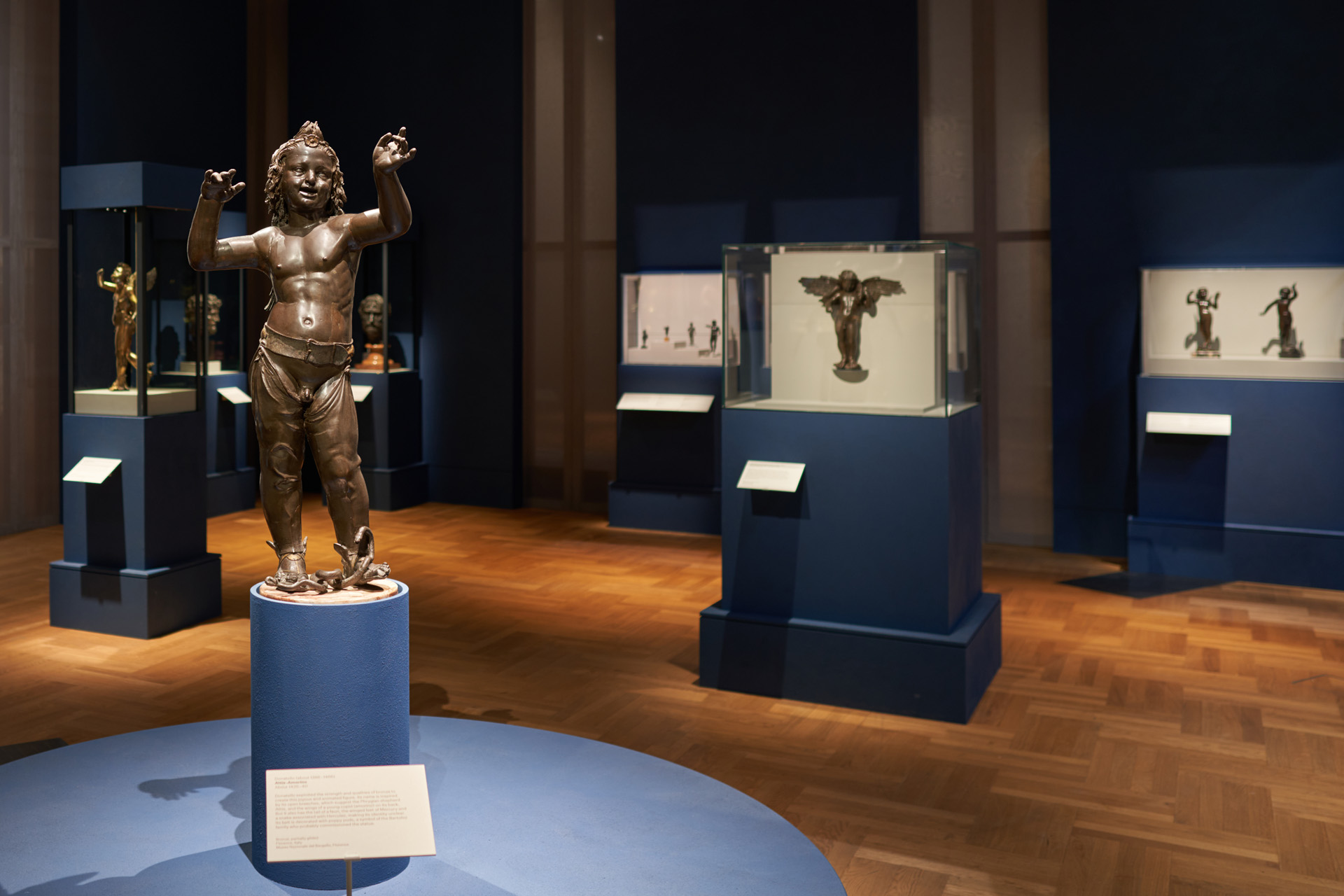
Arguably the greatest sculptor of all time, Donatello was at the forefront of the early Renaissance’s innovations in sculpture. His sculptures broke through the stiffness of the form bringing in so much vitality, movement and real-life detail that many feel as if they are trying to break free from their statue form and burst into actual life. Even more than his friend Brunelleschi – who built the Florence Duomo’s vast dome – Donatello’s work transformed medieval Florence into the most splendid Renaissance city, full of power and wealth – the city of art that it is today.
Donato di Niccolò di Betto Bardi, known by the diminutive Donatello, was born in Florence around 1386, the son of a wool carder. His career was so dazzling that by the time he died in 1466, he was buried in Florence’s magnificent Basilica of San Lorenzo, close to the tomb of his patron, Cosimo de’ Medici. The young Donatello was educated by a wealthy family with links to the Medici family, and trained as a young man in metallurgy with a local goldsmith. He was then apprenticed with Ghiberti while the artist was working on the great bronze doors of the Baptistry in Florence. Donatello went on to use many media: wood, stucco, and clay, as well as bronze and marble. He also included painting and gilding in his work, and even designed stained glass over the 60+ years of his career.
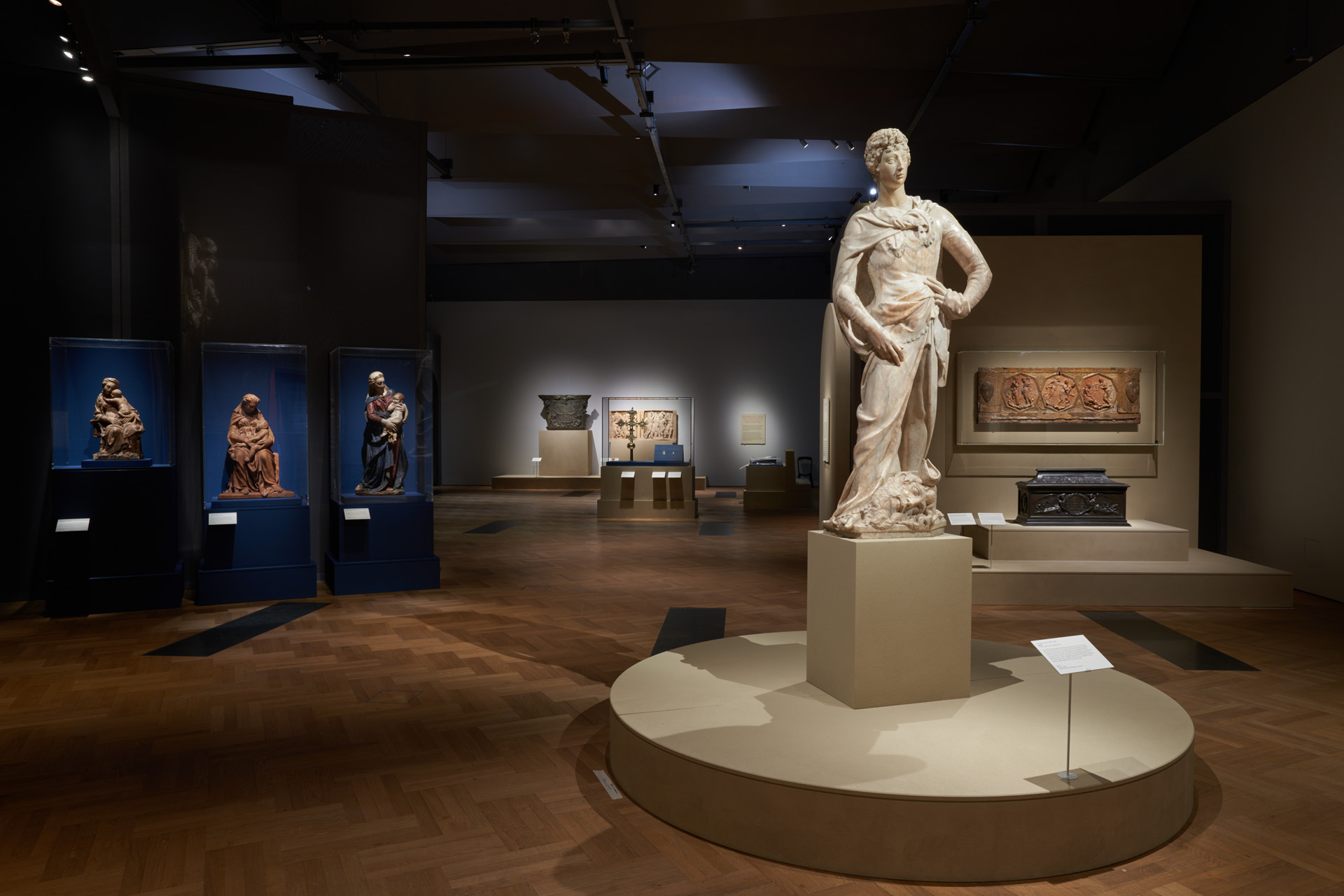
Entering the exhibition, the marble, life-sized David that greets the visitor is one of Donatello’s first commissions, carved in 1408 and never before seen in the UK. This early David, while still conventional in form, shows signs of the direction that Donatello’s work would go: there is the hint of a swagger in his relaxed posture, the hand on hip, the extraordinary turning of marble into soft flesh and velvety skin. Giorgio Vasari, the chronicler of the Renaissance’s artists, has an anecdote in which Donatello is shouting at his sculptures to speak – and, indeed, Donatello’s works do seem to be so full of life that they almost breathe.
The exhibition is divided into six sections, which take you not only through Donatello’s own life and work, but place his work within the context of his contemporaries, and even look forward to his legacy and influence on other artists. As Peta Motture, the exhibition’s lead curator says: ‘Donatello was a driving force behind the Italian Renaissance and an inspiration to artists across the centuries… the exhibition provides a unique moment to experience, enjoy and – for those less familiar with his work – discover Donatello’s astonishing talents and his wide-ranging impact on Renaissance and later art.’
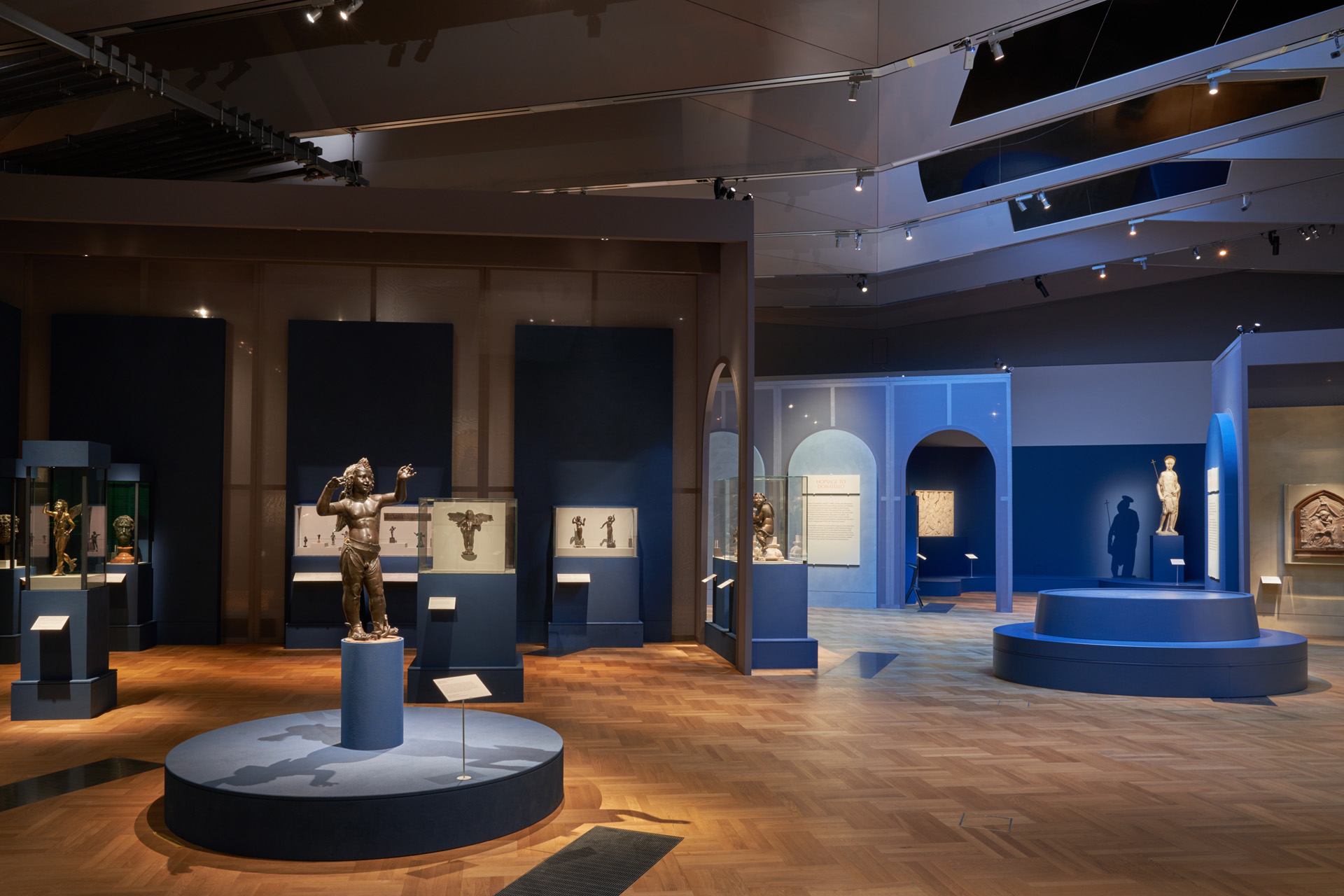
Donatello: Sculpting the Renaissance showcases other works never seen before in the UK, including: Donatello’s bronze Attis-Amorino from the Museo Nazionale del Bargello, Florence; the sculpture of whom Donatello asked when it would speak, the spectacular reliquary bust of San Rossore from the Museo Nazionale di San Matteo, Pisa; and bronzes from the High Altar of the Basilica of St Anthony in Padua. Another first is the pairing, for the first time, of the V&A’s exquisitely carved shallow relief (rilievo schiacciato) of the Ascension with Christ giving the keys to St Peter alongside the Madonna of the Clouds from Boston’s Museum of Fine Arts, and Desiderio da Settignano’s Panciatichi Madonna from Florence’s Museo Nazionale del Bargello.
Donatello enjoys many ‘firsts’. His most famous work is his bronze David, the first free-standing sculpture of a nude male since antiquity. The original has remained in Florence’s National Museum of Bargello, but a plaster replica (painted to look like bronze) that has been brought up from the museum’s cast court. This David – the symbol of the city of Florence for which it was made – recalls the earlier marble David in his stance with the hand on the hip. But this David goes further in embodying the sort of sensuality that made Florentine preachers at the time denounce Donatello for – essentially – making him too sexy. But, as Donatello: Sculpting the Renaissance helps us to appreciate, it is the human condition that fascinated Donatello, and his statues all display extraordinary humanity. From their expressions to their poses, each contains a life of its own, making them studies in warm humanity cast in marble or bronze.
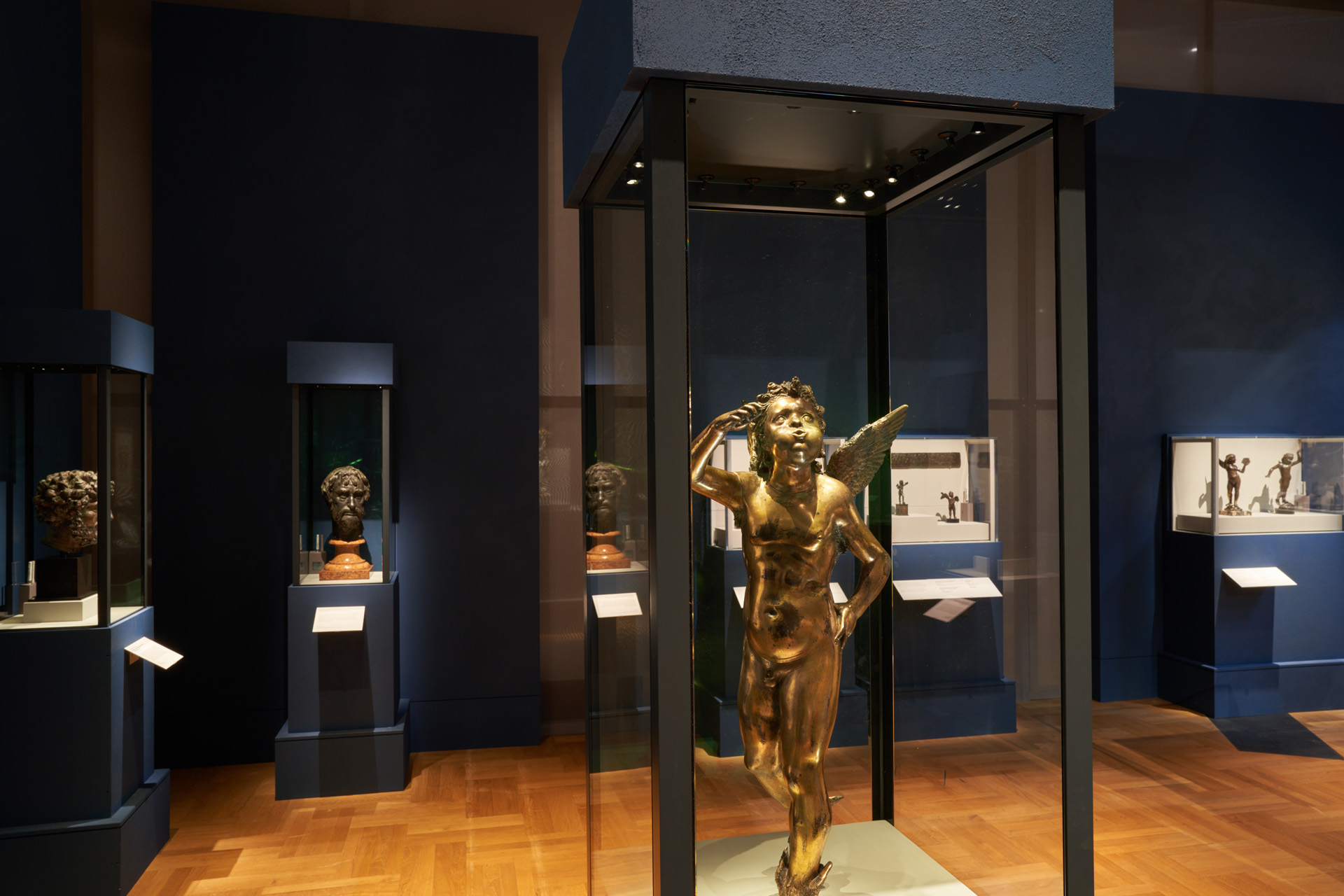
Placing Donatello alongside his contemporaries helps his brilliance shine within the world that it changed forever: Renaissance Italy. In all his experiments with form, material and perspective, Donatello is radical and inventive, and never more so than when he is carving marble reliefs. The rilievo schiacciato on display here are breathtaking examples of his delicate and dreamy work: the V&A’s own The Ascension With Christ Giving the Keys to St Peter is a masterclass in turning a slab of marble into a piece of theatrical storytelling so rich with character, movement and expression that taking it in is like watching a movie – yet the carvings are only millimetres deep, the scene set in solid marble.
Donatello’s career was almost as long as his life, and he was very prolific. In Italy, his works are flung all over the country – from Naples in the south to Padua in the north – meaning an insight into his exceptional artistic mind by seeing all of his works together is a challenge to find. The V&A show gives exactly this opportunity: a chance to see the breadth of the master’s work and, alongside contemporaries and influences, get a sense of the outstanding genius of Donatello. And if for nothing else, this alone makes Donatello: Sculpting the Renaissance the chance of a lifetime. Unmissable.
VISIT
Donatello: Sculpting the Renaissance is open at the V&A until 11 June 2023. Tickets are £20, or £13 for concessions. vam.ac.uk
All images courtesy of Victoria and Albert Museum, London.




